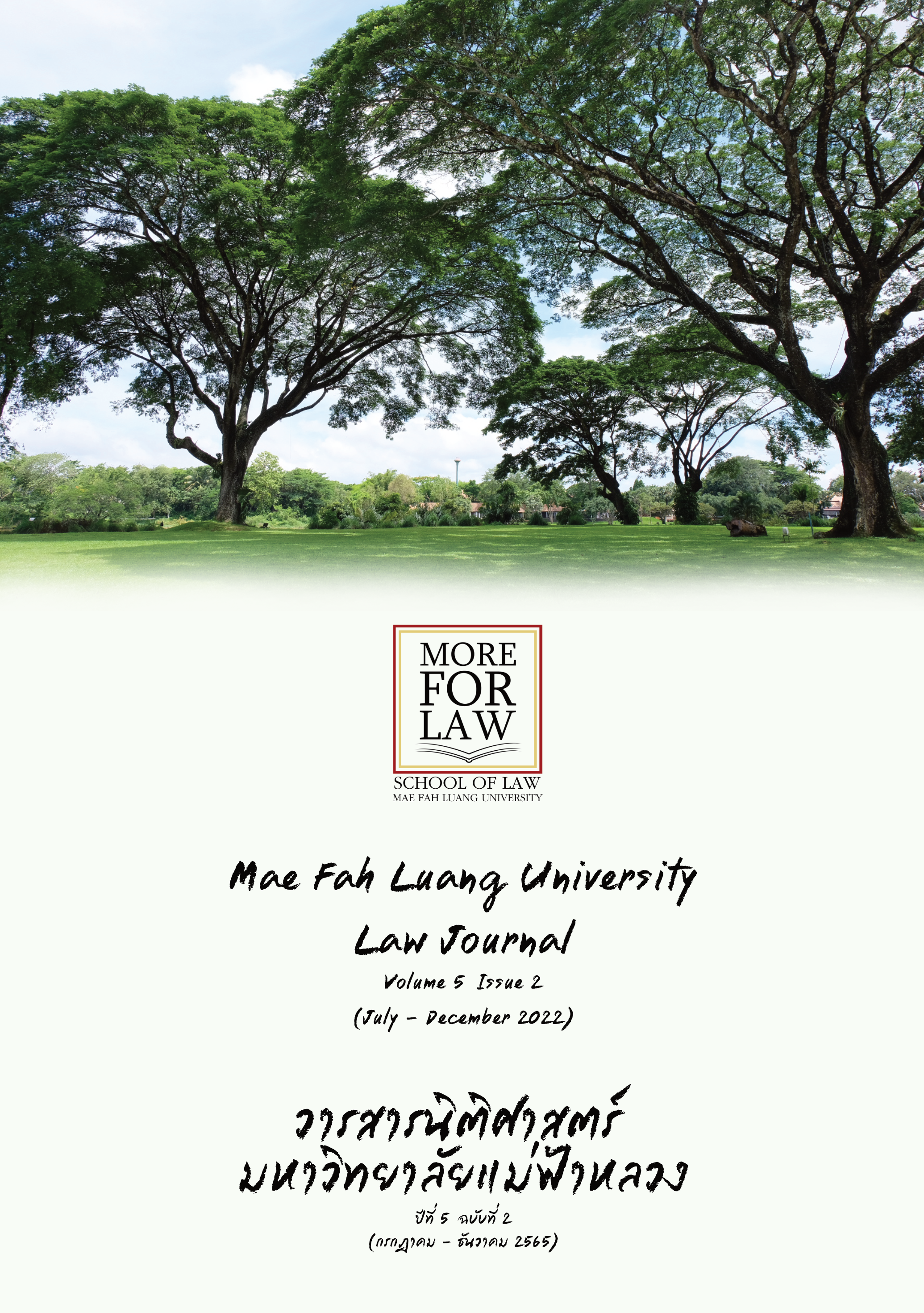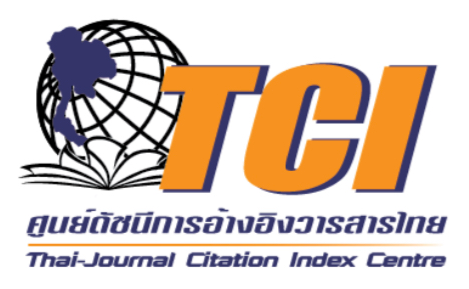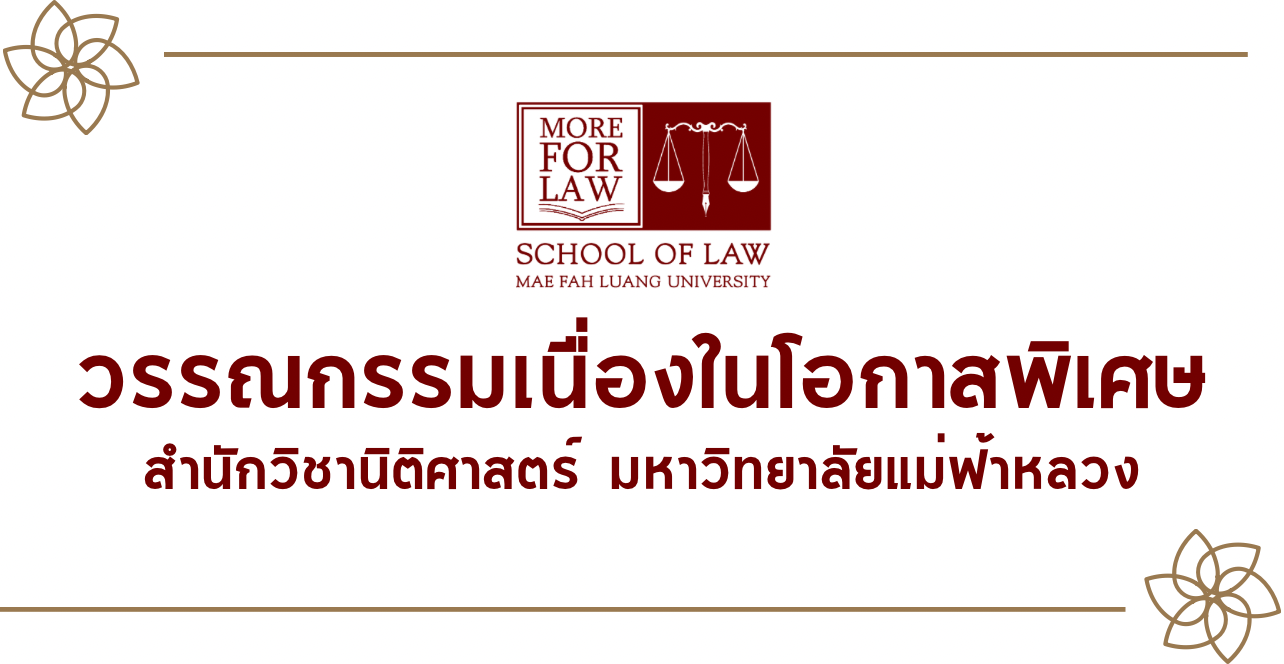Defining Dominant Market Position under Trade Competition Law
DOI:
https://doi.org/10.14456/mfulj.2022.6Keywords:
Dominant Market Position, , Competitive Conditions FactorsAbstract
Market dominance is the ability of business operators to price their products or services higher or less than the price level of commercial competition. Over the course of a period of time, being a market dominant under the competition law is not guilty. Usually, all business operators require a high level of profit or market share of business operations. However, this Market authority is guilty only if they commit unlawful acts of competition as required by law. Market dominated business operators are a very important character of competitive competition law enforcement because the law considers business operators with market dominance can make or break down significant competition. As a result, the competition law system in different countries is a priority and imposes strict regulatory criteria on the commercial behavior of such dominant market position. Since some dominant market positions often behave as anti-competitive to maintain their interests in pursuit of profit it is impossible to compete because small business operators are not competent enough to compete with market authority. Therefore, it is important to consider the criteria for determining the business operator, with market dominance. This is to guide the consideration of the unconstitutional actions of the business operators who dominate the market and are regulated by more rigorous business habits than ordinary business operators. Due to the same actions of both types of business operators, different market impacts may occur. Moreover, the unlawful use of market dominance will be difficult to control the unlawful behavior of market authority. Studies have shown that the criteria for determining business as a business operator who dominate the market under Thailand’s current competition law are lacking in clarity, flawed, and limited. This article focuses on the problem conditions that affect the determination of business operators who dominates the market in accordance with Thailand’s competition law as well as comparing the approach to determining business operators who dominate the market of international rules and foreign laws such as the European Union, Republic of Germany, Japan and South Korea. It was found that different criteria are defined according to the context of each country. This could help provide guidelines for the development of Thailand’s legal guidelines to propose a revision of the law, as well as relevant criteria and guidelines for effective enforcement of competition laws.
Downloads
References
กมลชัย เวทีบูรณะ, ขอบเขตการใช้บังคับพระราชบัญญัติว่าด้วยราคาสินค้าและบริการ พ.ศ. 2542 ให้สอดคล้องกับพระราชบัญญัติการแข่งขันทางการค้า พ.ศ. 2542 (วิทยานิพนธ์นิติศาสตรมหาบัณฑิต มหาวิทยาลัยธรรมศาสตร์, 2558).
กัญจน์ศักดิ์ เพชรานนท์, บทวิเคราะห์พระราชบัญญัติการแข่งขันทางการค้า พ.ศ. 2560 : การควบคุมการร่วมกันจำกัดการแข่งขันระหว่างผู้ประกอบธุรกิจ, วารสารนิติศาสตร์ มหาวิทยาลัยธรรมศาสตร์, ปีที่ 47 ฉบับที่ 4 (ธันวาคม 2561).
กัญจน์ศักดิ์ เพชรานนท์, บทวิเคราะห์พระราชบัญญัติการแข่งขันทางการค้า พ.ศ. 2560 : ขอบเขตการบังคับใช้และการควบคุมพฤติกรรมของผู้ประกอบธุรกิจซึ่งมีอำนาจเหนือตลาด, วารสารนิติศาสตร์ มหาวิทยาลัยธรรมศาสตร์, ปีที่ 47 ฉบับที่ 3 (กันยายน 2561).
ชนินทร์ มีโภคี, เศรษฐศาสตร์อุตสาหกรรม, (กรุงเทพมหานคร: สำนักพิมพ์มหาวิทยาลัยธรรมศาสตร์, 2554).
ณัฐนพัชร์ วิสุทธิแพทย์, ปัญหาการบังคับใช้กฎหมายการแข่งขันทางการค้า พ.ศ. 2560 ต่อพฤติกรรมการขายสินค้าแบบรวมขาย, (วิทยานิพนธ์นิติศาสตรมหาบัณฑิต มหาวิทยาลัยธรรมศาสตร์, 2561).
เดือนเด่น นิคมบริรักษ์, Tradeand Competition, (รายงานการบรรยายทางวิชาการ จัดโดยคณะเศรษฐศาสตร์ มหาวิทยาลัยธรรมศาสตร์, 2549).
ตลาดหลักทรัพย์แห่งประเทศไทย, เศรษฐศาสตร์, (กรุงเทพมหานคร: สำนักพิมพ์มหาวิทยาลัยธรรมศาสตร์, 2548).
ธรรมรัตน์ วาศาโรจน์, การศึกษาเปรียบเทียบ : มาตรการทางกฎหมายควบคุมการใช้อำนาจมิชอบของผู้มีอำนาจเหนือตลาด ประเทศเยอรมัน ประเทศกลุ่มประชาคมยุโรป และประเทศไทย, (วิทยานิพนธ์นิติศาสตรมหาบัณฑิต มหาวิทยาลัยธรรมศาสตร์, 2545).
แพรชนก ศรีวิศาล, ค่าเสียหายกรณีฝ่าฝืนมาตรา 25 และมาตรา 29 แห่งพระราชบัญญัติการแข่งขันทางการค้า พ.ศ. 2542 (วิทยานิพนธ์นิติศาสตรมหาบัณฑิต มหาวิทยาลัยธรรมศาสตร์, 2557).
วิษณุ วงศ์สินศิริกุล, มีอำนาจเหนือตลาด...ใช่ว่าจะผิด, [ออนไลน์], แหล่งที่มา: https://www.bangkokbiznews.com/blog/detail/649093
ศักดา ธนิตกุล และคณะ, โครงการการศึกษาวิจัยเพื่อจัดทำร่างกฎหมายลำดับรองที่ต้องออกตามพระราชบัญญัติการแข่งขันทางการค้า พ.ศ. 2560, (สำนักงานกองทุนสนับสนุนการวิจัย (สกว.), 2562).
ศักดา ธนิตกุล, กฎหมายแข่งขันทางการค้าในประเทศญี่ปุ่น สหภาพยุโรป สหพันธ์สาธารณรัฐเยอรมนี เกาหลีใต้ และสิงคโปร์ วิเคราะห์เปรียบเทียบกับกฎหมายลำดับรองของไทย, (กรุงเทพมหานคร: สำนักพิมพ์วิญญูชน, 2562).
ศิริศักดิ์ จึงถาวรรณ, หลักเกณฑ์เรื่องผู้มีอำนาจเหนือตลาดตามพระราชบัญญัติการแข่งขันทางการค้า พ.ศ. 2542 : ศึกษากรณีสินค้าเหล็ก, (วิทยานิพนธ์นิติศาสตรมหาบัณฑิต จุฬาลงกรณ์มหาวิทยาลัย, 2549).
ศุภสิริ คงเจริญ, แนวทางการพิจารณามาตรา 27 แห่งพระราชบัญญัติการแข่งขันทางการค้า พ.ศ. 2542 : ศึกษากรณีผู้ประกอบธุรกิจเป็นนิติบุคคลในเครือเดียวกัน, (วิทยานิพนธ์นิติศาสตรมหาบัณฑิต มหาวิทยาลัยธรรมศาสตร์, 2557).
สรวิชญ์ รักชาติ, วิเคราะห์ปัญหาข้อกฎหมายเกี่ยวกับการตั้งราคาเพื่อกำจัดคู่แข่งขัน, (วิทยานิพนธ์นิติศาสตรมหาบัณฑิต มหาวิทยาลัยธรรมศาสตร์, 2554).
สำนักงานคณะกรรมการการแข่งขันทางการค้า, ความแตกต่างระหว่างพระราชบัญญัติการแข่งขันทางการค้า พ.ศ. 2542 และ พ.ศ. 2560, [ออนไลน์], แหล่งที่มา: https://otcc.or.th/
สำนักงานคณะกรรมการการแข่งขันทางการค้า, ความเป็นมากฎหมายการแข่งขันทางการค้าของไทย, [ออนไลน์], แหล่งที่มา: https://otcc.or.th/history-of-thailands-trade-competition-law/
สุธีร์ ศุภนิตย์ (แก้ไขเพิ่มเติมโดย กมลวรรณ จิรวิศิษฎ์), หลักการและกฎเกณฑ์แห่งพระราชบัญญัติการแข่งขันทางการค้า พ.ศ. 2542, (กรุงเทพมหานคร: สำนักพิมพ์มหาวิทยาลัยธรรมศาสตร์, 2555).
Bundesministerium für Wirtschaft und Energie, Entwurf eines Neunten Gesetzes zur Änderung des Gesetzes gegen Wettbewerbsbeschränkungen, (9 GWB-ÄndG).
Dennis W. Carlton and Jeffrey M. Perloff, Modern Industrial Organization, 4th ed. (New York: Pearson Addison Wesley, 2005), p. 642. see also Robert S. Pindyick and Daniel L. Rubinfeld, Microeconomic, (New York: Mcmilan Publishing, 1989).
E. Thomas Sullivan, Herbert Hovenkamp and Howard A. Shelanski, Antitrust law, policy and procedure: cases, materials, problems, 6th ed. (New Jersey: LexisNexis, 2009).
Gunnar Niels, Helen Jenkins and James Kavanagh, Economics for Competition Lawyers, (Oxford: Oxford University Press, 2011).
Joseph Seon, Hur, The evolution of competition policy and its impact on economic development in Korea, United Nations Conference on Trade and Development: Competition, Competitiveness and Development: Lessons From Developing Countries.
Korea Fair Trade Commission, Guidelines for the Abuse of Market Dominant Position, Section II, [Online], Available source: http://www.ftc.go.kr/eng/contents.do?key=501
Mitsuo Matsushita and John D. Davis, Introduction to Japanese Antimonopoly Law, (Tokyo: Yuhikaku, 1990).
Richard Whish, Competition Law, 5th ed. (London: Lexis Nexis-Butterworth, 2005).
Downloads
Published
How to Cite
Issue
Section
License
Copyright (c) 2022 Mae Fah Luang University Law Journal

This work is licensed under a Creative Commons Attribution-NonCommercial-NoDerivatives 4.0 International License.






